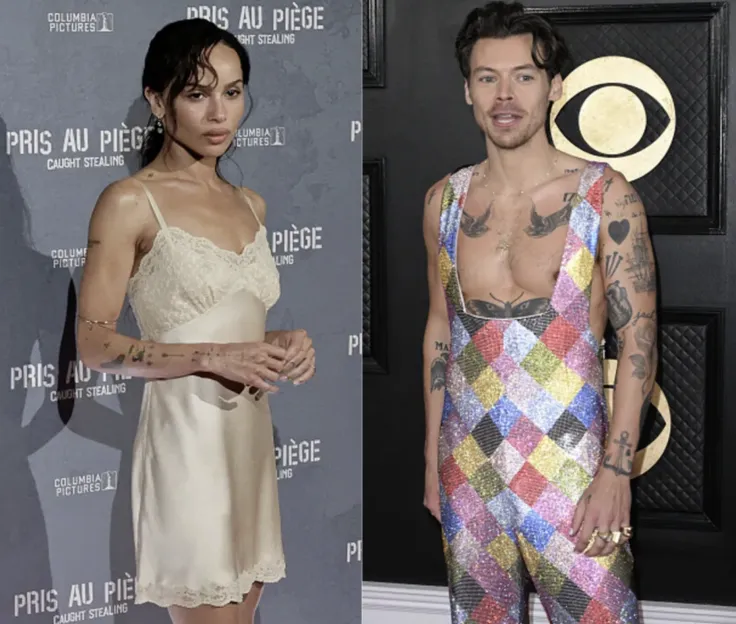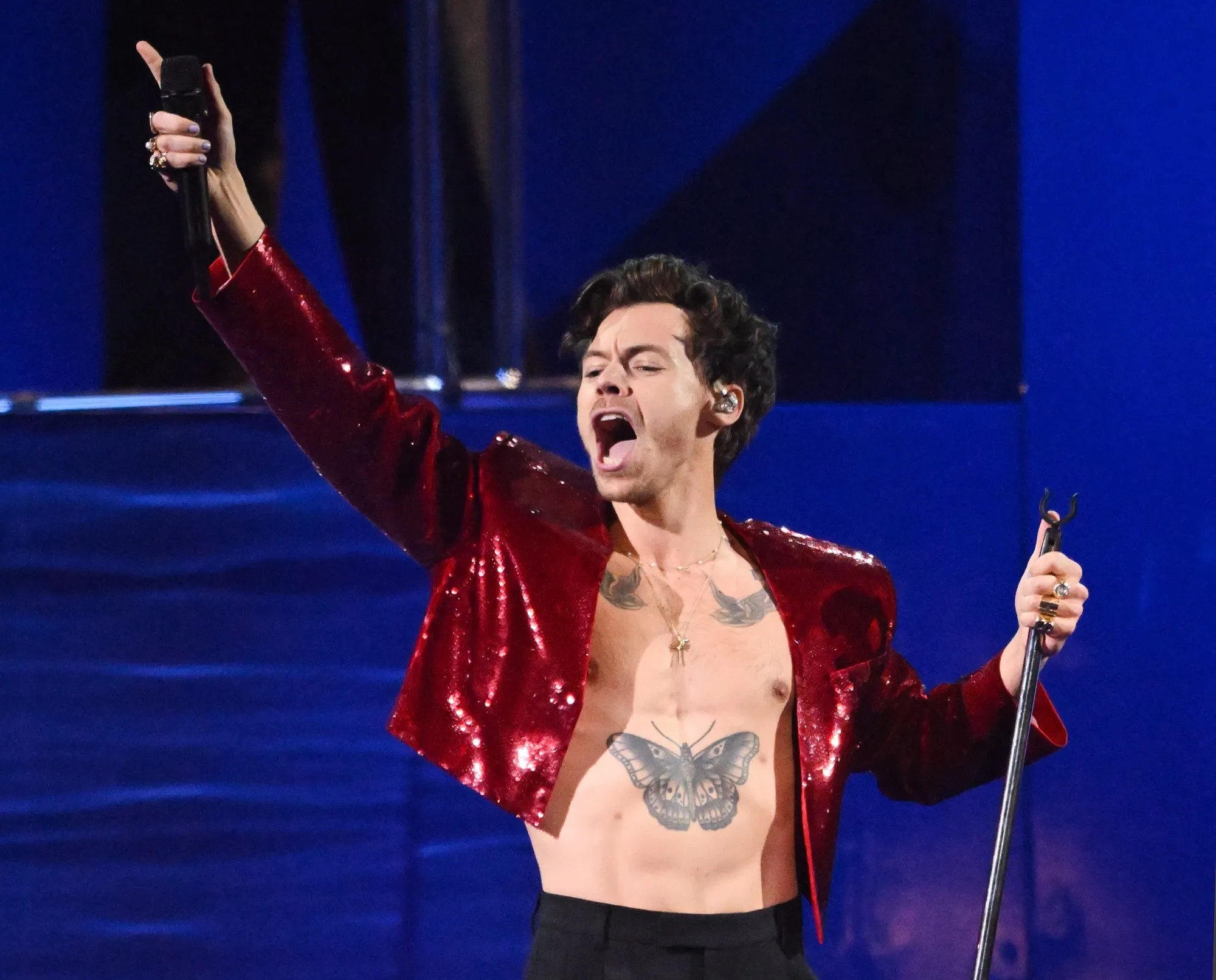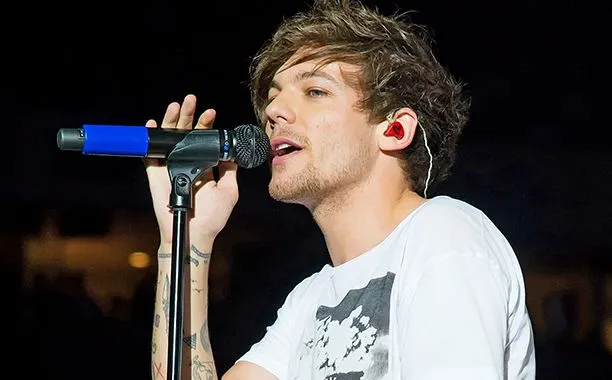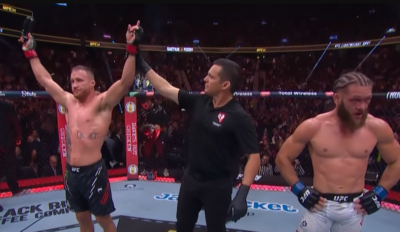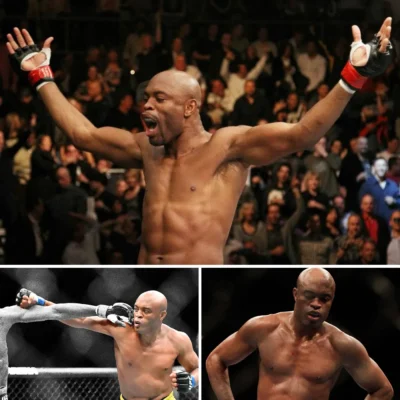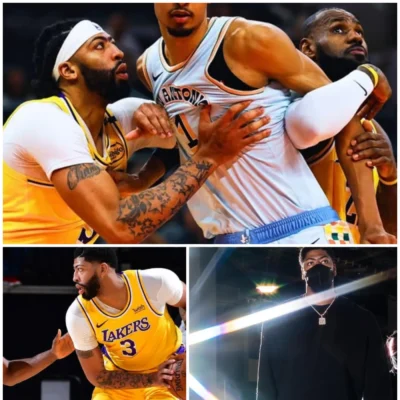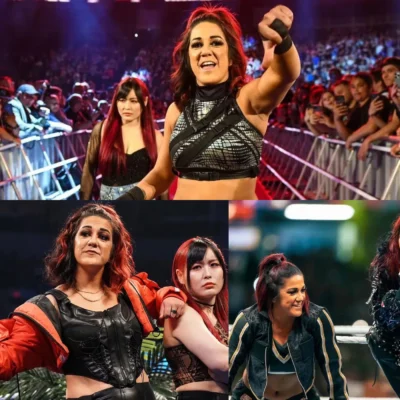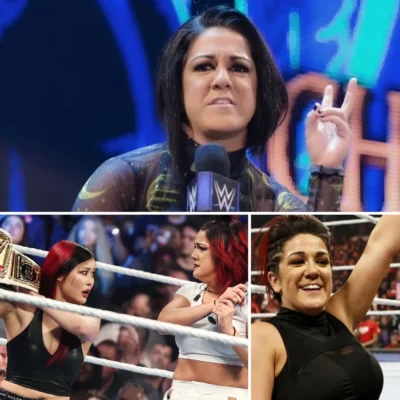
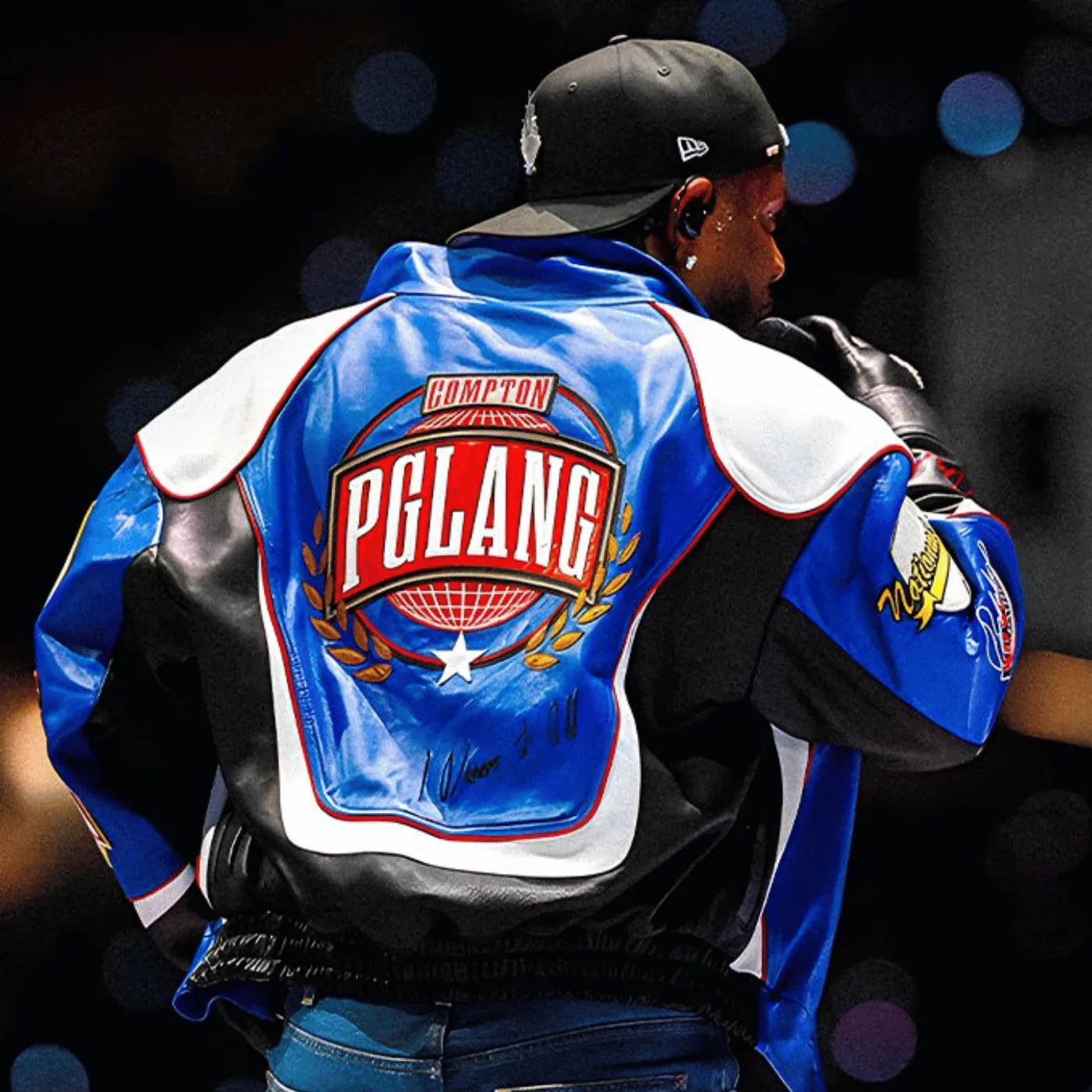
The Mystery Behind Kendrick Lamar’s Performance: Why Is All of America in Shock?
Kendrick Lamar delivered a historic Super Bowl LIX Halftime Show on February 9, 2025, at the Caesars Superdome in New Orleans. His performance attracted an astonishing 133.5 million viewers, making it the most-watched halftime show in history. However, despite its popularity, the event also generated 125 complaints filed with the Federal Communications Commission (FCC).
While some fans praised Lamar’s stage presence, artistic vision, and musical execution, others expressed concerns about certain elements of the show, claiming they were inappropriate for a national audience. The majority of complaints focused on the inclusion of “Not Like Us,” a diss track aimed at Drake, and visuals perceived as controversial.
The Controversy Behind “Not Like Us”
A significant number of complaints revolved around Lamar’s performance of “Not Like Us,” a Grammy-winning diss track targeting Drake. Although Lamar altered some of the lyrics to avoid explicit accusations, audiences still found the song’s message provocative. Some viewers accused him of using the Super Bowl platform for a personal vendetta, with one complainant stating:
“Kendrick Lamar made false and scandalous claims that are unfounded. He basically called Drake a pedophile on national television. This is unacceptable.”
During the performance, Lamar noticeably paused instead of delivering the controversial “Certified Lover Boy? Certified pedophile” line, but the audience took over, chanting the “A minor” lyric in unison. This moment sparked heated debate online, with some defending Lamar’s creative freedom while others argued that the Super Bowl Halftime Show should remain apolitical and controversy-free.
Serena Williams’ Cameo Sparks Reactions
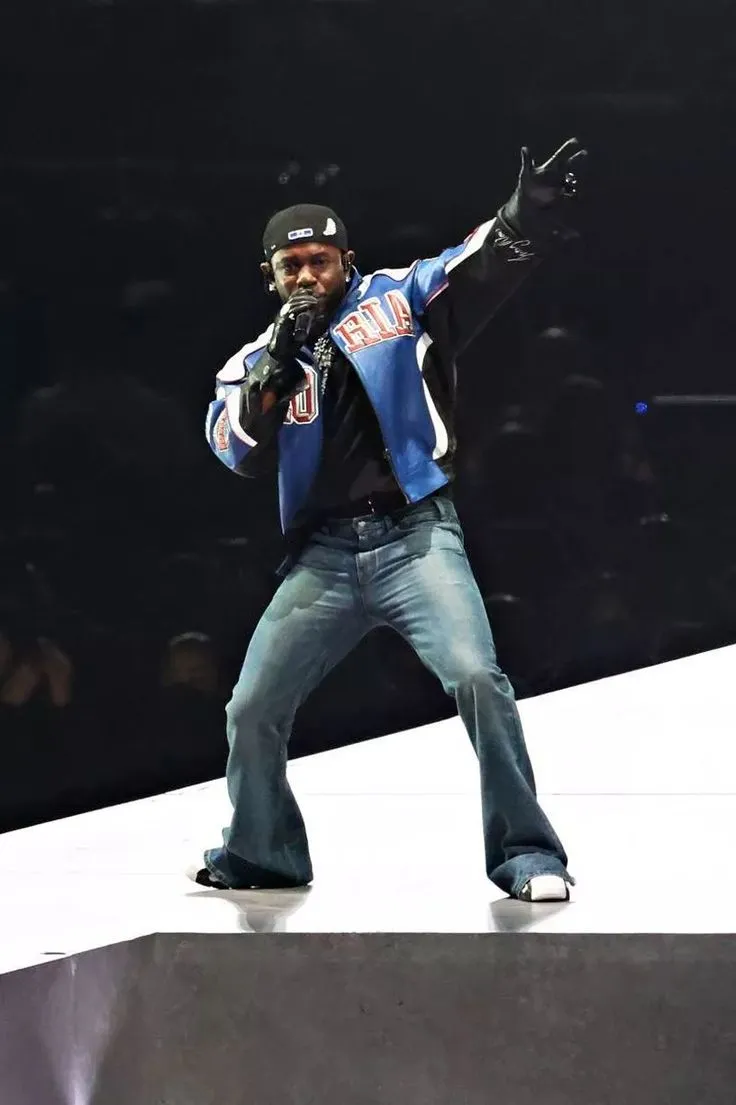
Another aspect that drew criticism was tennis legend Serena Williams’ cameo during Lamar’s set. While her presence was meant to be a cultural nod, her decision to perform the Crip Walk dance move led to allegations that the show was promoting gang culture. Some complaints suggested that Williams’ participation in the dance sent the wrong message to a global audience.
However, Williams defended her performance, stating,
“I was just having fun. It wasn’t about anything other than celebrating the music and the moment.”
Despite her clarification, viewers remained divided, with some praising Williams for embracing hip-hop culture and others calling it inappropriate for such a high-profile event.
Allegations of Anti-American Themes
Beyond the Drake feud and Williams’ cameo, several complaints targeted the visual themes of Lamar’s performance. Some viewers interpreted the split American flag imagery as a political statement. Others criticized the show for featuring only Black performers and dancers, claiming that the lack of diversity was a divisive move.
Critics argued that the Super Bowl is supposed to unite the country and felt that Lamar’s artistic choices instead contributed to polarization. However, supporters of the performance dismissed these complaints, emphasizing that hip-hop is deeply rooted in Black culture and that Lamar was simply celebrating his art form.
Comparison to Past Super Bowl Halftime Shows
Despite the 125 FCC complaints, Lamar’s performance faced less backlash than some previous Super Bowl Halftime Shows. In 2020, Jennifer Lopez and Shakira’s show received over 1,300 complaints, mainly due to their risqué dance moves and outfits. Meanwhile, Rihanna’s 2024 halftime performance generated just over 100 complaints, mostly related to her choice of songs and stage presence.
This historical context suggests that controversy is a common element of Super Bowl Halftime Shows. Every year, certain audiences take issue with artistic decisions, political undertones, or cultural representations.
NFL’s Response and Future Halftime Show Plans
In response to the criticism surrounding Lamar’s show, the NFL is reportedly in talks with Taylor Swift to headline the 2026 Super Bowl Halftime Show. The organization is said to be prioritizing a universally beloved artist who can appeal to a broad demographic and reduce controversy.
Swift’s potential involvement has already sparked online debates. Some fans are excited about the idea, while others believe that the NFL is over-correcting in an attempt to avoid controversy altogether.
An NFL representative commented:
“We always strive to provide a halftime show that represents a wide range of music and culture. Every artist brings something unique, and we welcome those discussions.”
Kendrick Lamar’s Legacy and Record-Breaking Numbers
Regardless of the FCC complaints, Kendrick Lamar’s Super Bowl Halftime Show made history. His record-breaking 133.5 million viewers surpassed previous viewership records, proving that hip-hop continues to dominate mainstream culture.
Additionally, Lamar’s performance coincided with a major milestone in his career. Just a week before the Super Bowl, he won five Grammy Awards, including Record of the Year and Song of the Year for “Not Like Us.” This cemented his status as one of the most influential artists of his generation.
Public Reactions: Praise, Criticism, and Online Buzz
Following the performance, social media erupted with reactions. Fans praised Lamar’s artistry, live vocals, and stage production, calling it one of the best Super Bowl Halftime Shows in recent years. Others felt that the show was too focused on personal conflicts and not fitting for a mainstream family event.
Some notable comments included:
-
“Kendrick Lamar just delivered the most powerful halftime show ever. A true artist.”
-
“Why is the Super Bowl turning into a platform for celebrity beefs? This should be about the music.”
-
“Loved every second of it. Kendrick Lamar made history tonight.”
Meanwhile, debates over the FCC complaints, alleged political messages, and Drake feud continue to trend online, keeping Lamar’s performance at the center of pop culture discussions.
Final Thoughts: Art vs. Public Perception
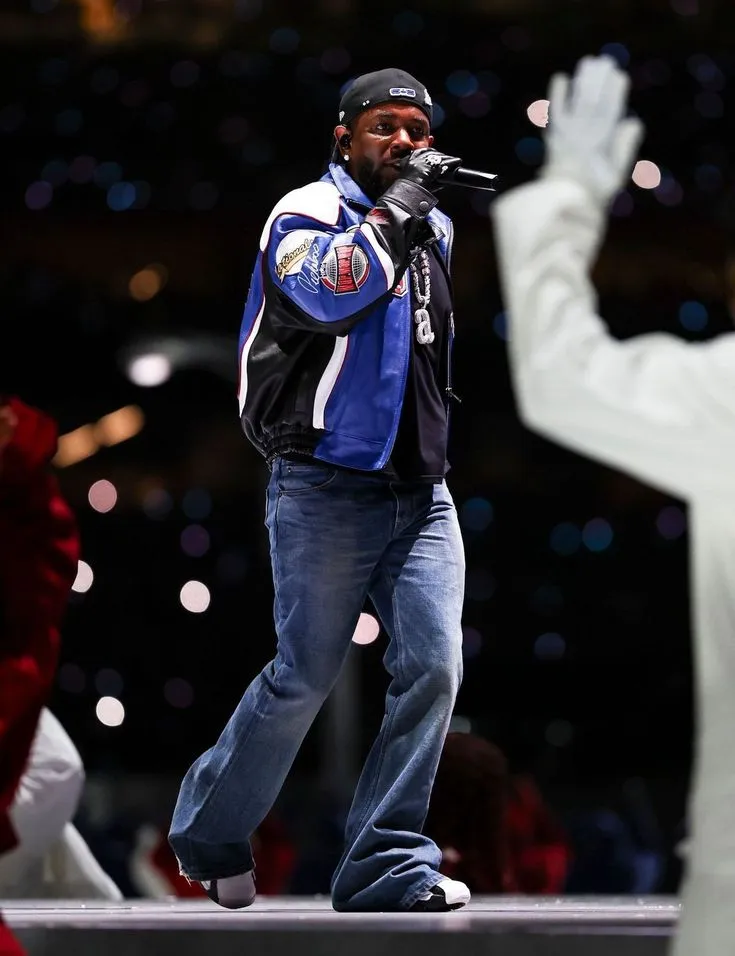
The Super Bowl Halftime Show has always been a platform for artistic expression, but it also comes with intense public scrutiny. Kendrick Lamar’s performance showcased his musical genius, yet it also sparked controversy over content, visuals, and themes.
Despite the backlash, his halftime show will be remembered for breaking records, pushing boundaries, and dominating cultural conversations. Whether fans loved it or hated it, one thing is certain—Kendrick Lamar made an impact that will be discussed for years to come.
The Impact on Kendrick Lamar’s Career
Despite the controversy, Kendrick Lamar’s Super Bowl Halftime Show further solidified his status as a cultural icon. The performance boosted his music sales, with “Not Like Us” reaching No. 1 on streaming charts just hours after the show. Industry experts believe that Lamar’s bold artistic choices will influence future halftime performances, encouraging artists to push creative boundaries. While the FCC complaints reflect divided opinions, they also highlight Lamar’s ability to spark conversations on a global scale. Love it or hate it, his Super Bowl performance will be remembered as a defining moment in music history








